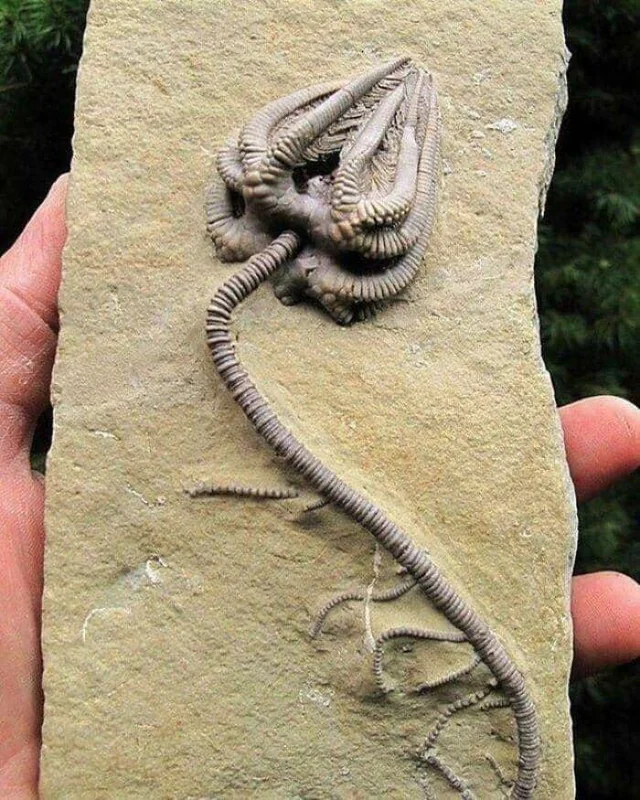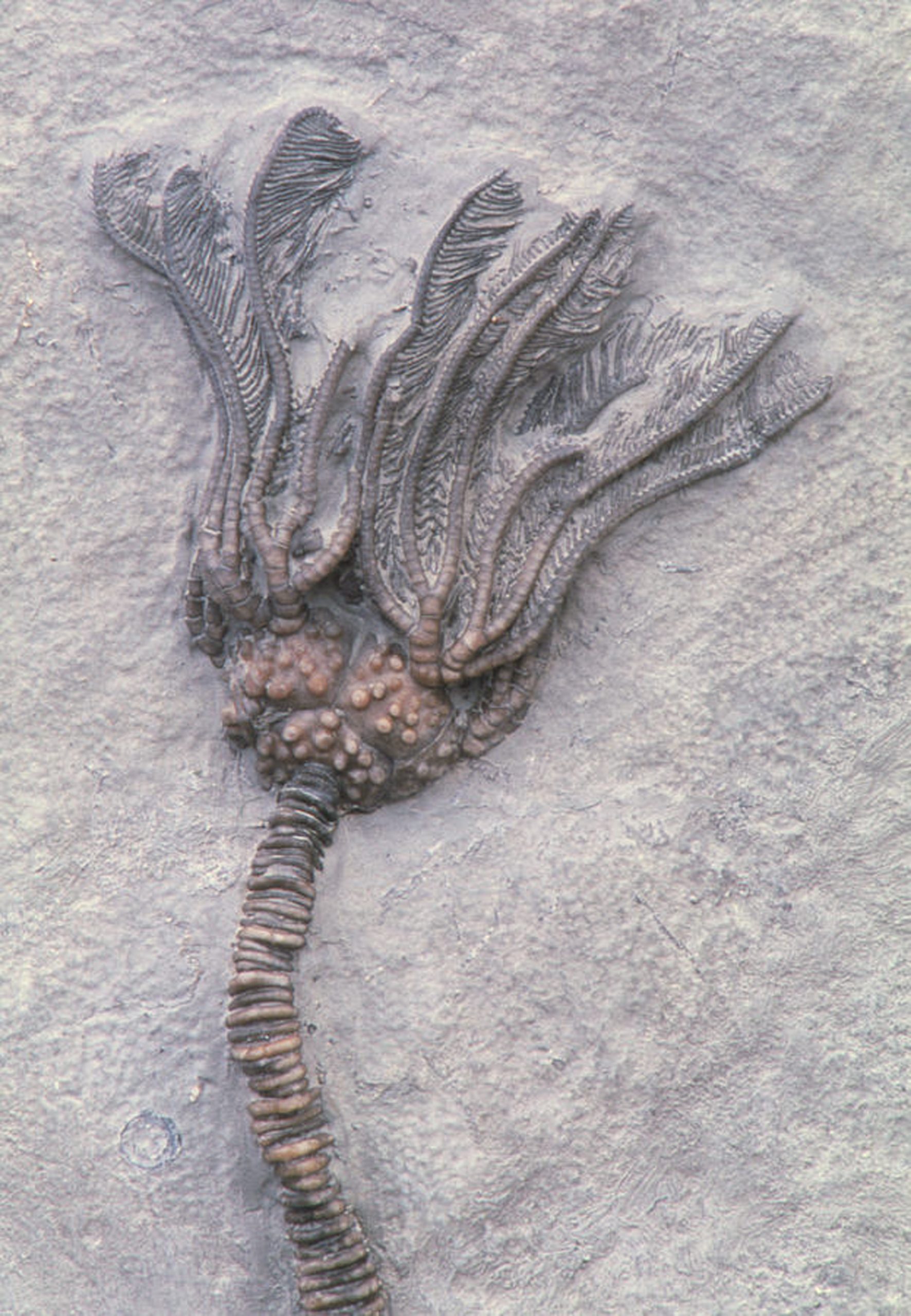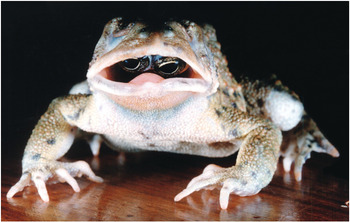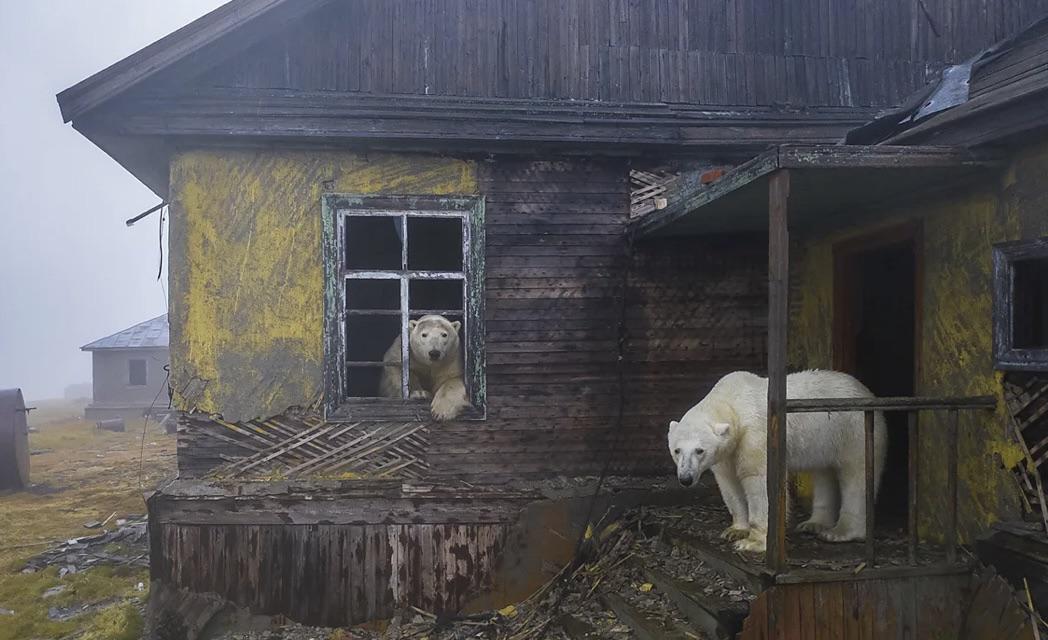The discovery of an ancient sea lily fossil, estimated to be around 345 million years old, offers a fascinating glimpse into life on Earth long before the age of the dinosaurs. This incredibly well-preserved fossil provides scientists with valuable insights into marine ecosystems that thrived during the Paleozoic era, a time when the oceans were teeming with diverse and complex life forms.

Sea lilies, also known as crinoids, belong to the echinoderm family, which includes modern-day starfish and sea urchins. Unlike the delicate flowers they resemble, these marine creatures were animals that anchored themselves to the seafloor with long, flexible stalks. Their feathery arms extended outward, filtering plankton and organic matter from the water to sustain themselves. Despite their plant-like appearance, they were efficient predators in their own right, playing a crucial role in the underwater food web.
This particular fossil dates back to the Carboniferous period, an era known for the expansion of vast marine habitats and the development of early land-based forests. During this time, sea lilies flourished in warm, shallow seas, often forming dense colonies on the ocean floor. Their fossilized remains are frequently found in limestone deposits, as their calcareous skeletons were well-suited for preservation over millions of years.

What makes this discovery so remarkable is the level of detail captured in the fossil. The intricate structure of the sea lily’s arms, the delicate segments of its stalk, and even the fine features of its feeding structures have been preserved with astonishing clarity. Such finds are rare, as most crinoid fossils are fragmented due to their fragile nature. This particular specimen allows paleontologists to study its anatomy in unprecedented detail, providing a clearer picture of how these ancient creatures lived and evolved over time.
The study of fossils like this sea lily helps scientists understand the long-term history of marine biodiversity and the environmental changes that shaped Earth’s past. By analyzing the adaptations of prehistoric marine life, researchers can draw parallels to modern ecosystems and better predict how oceanic life may respond to future climate shifts. The survival and eventual decline of crinoids offer clues about mass extinctions and the resilience of different species in changing environments.

The discovery also reinforces the importance of fossil records in piecing together Earth’s evolutionary story. Each new finding adds another chapter to our understanding of ancient life, painting a more complete picture of how organisms adapted, thrived, and sometimes vanished. Whether as a lone specimen or part of a larger fossil bed, this sea lily stands as a testament to the vast history of life on our planet, stretching back hundreds of millions of years.




